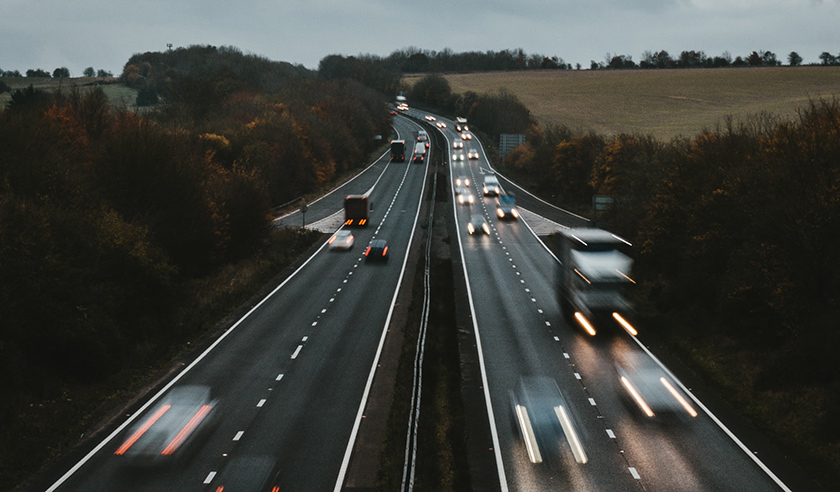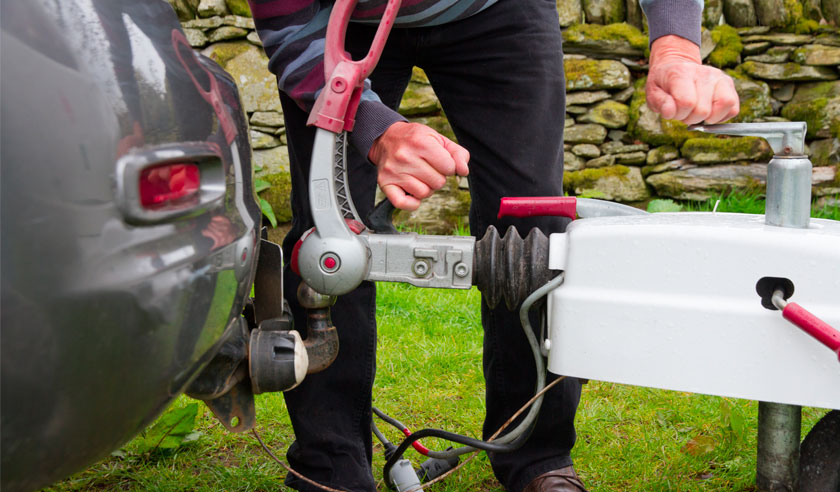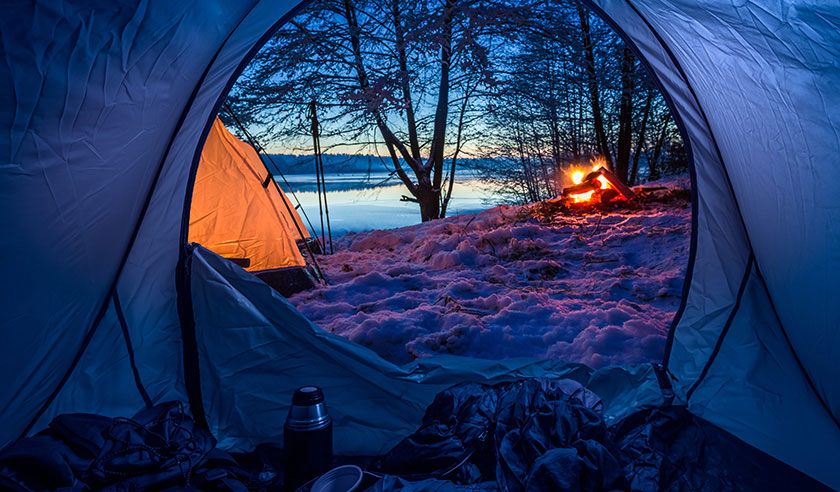To cover or not to cover? That is the question that many touring caravan owners ask themselves, with many realising that caravan covers offer the best solution for protecting your caravan against bad weather, UV fading, tree sap, pollution, bird droppings and general wear and tear. While some argue that a caravan is designed to be outside, there could be periods of time when your tourer is sitting idly, exposed to the elements and therefore at risk of becoming damp. This is where the correct caravan cover will come into its own. However, just as there is a vast range of touring caravans, so there is a wide choice of covers.
How do I choose a caravan cover?
The fit
Your caravan cover should fit well; if it is too loose it can cause damage to your vehicle through flapping and could tear in the wind. There are three types of caravan cover – universal, semi-tailored and fully tailored.
A universal caravan cover will suit any make of caravan and is available in different sizes to suit the length and the width of individual caravans. If your caravan length when measured from front to back (include the gas locker but not the A-frame when measuring) comes between universal sizes, always choose the smaller. Too large a cover will give excess fabric that will need to be secured.
A semi-tailored cover is made for specific makes of caravan with specific profiles. They do not have provision for protruding items on the roof such as aerials, skylights or flues, and the opening may not line up with the doorway of the caravan, making access difficult.
Fully tailored caravan covers are bespoke manufactured for an individual caravan and will allow for any equipment and roof protrusions you have.
Fabric
Economy caravan covers are made from cheaper fabric that does not allow water to escape, which can lead to you uncovering your caravan at the start of the season and finding it damp with possible mould or mildew. Quality caravan covers have multiple fabric layers or plies, with the layer making contact with the caravan being non-abrasive and soft enough to protect windows and paintwork from scratches. Where manufacturers use three layers of fabric, the middle layer is usually a breathable, micro porous membrane covered in thousands of holes. These holes allow water vapour to escape but prevent water getting in from outside. The outer layer of the caravan will withstand UV exposure without changing colour.
How to fit a caravan cover
Although it is perfectly possible for one person to fit a caravan cover, it is far easier with two! With one person on either side of the caravan at the front, lift the cover up and over the roof, working from the front to the rear of the vehicle. Once in place, the caravan cover can be secured by straps and/or zips, depending on the make of cover.
Never cover a dirty caravan! As well as the risk of scratching the caravan from any debris that might be on the surface, ‘tiger stripes’ may develop. These are dark patches or stripes that have become ingrained into the caravan’s finish. They occur when surface dirt becomes trapped by the cover and acts as an abrasive. As the cover moves, the dirt creates the ‘stripes’. To avoid this happening, ensure the caravan is clean and ideally polished before fitting the caravan cover and tension straps to reduce flapping.
At BEC Ingoldmells, we stock the Kampa Dometic Prestige Caravan Covers. Kampa Dometic are highly regarded for the quality of their caravanning and camping products and accessories and this caravan cover is no exception. Designed for caravans from 3.5-7.5 metres in length, up to 2.25 metres wide and 2.46 metres high, the covers feature an elasticated hem for a secure fit, as well as quick release buckles for easy installation and removal. There are also 4 zips which make it easier to put the cover on and which give access to both sides of the caravan, while the 4-ply seams are made from rot-proof thread for durability. The covers are manufactured from a special triple-layer of SFS (micro porous and breathable) materials, which ensure that any liquid landing on the cover will bead away.
Our advice would always be to use a caravan cover. The benefits are numerous, from reducing the risk of damage, to preventing the build-up of mould. When pitched against the price of a touring caravan, a cover is an economical solution to keep your caravan in tip top condition.


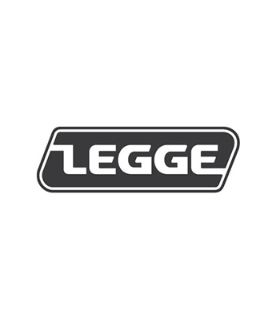




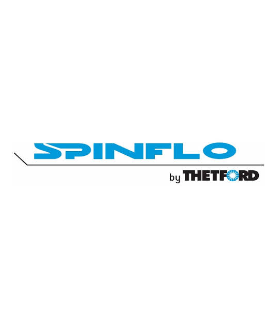
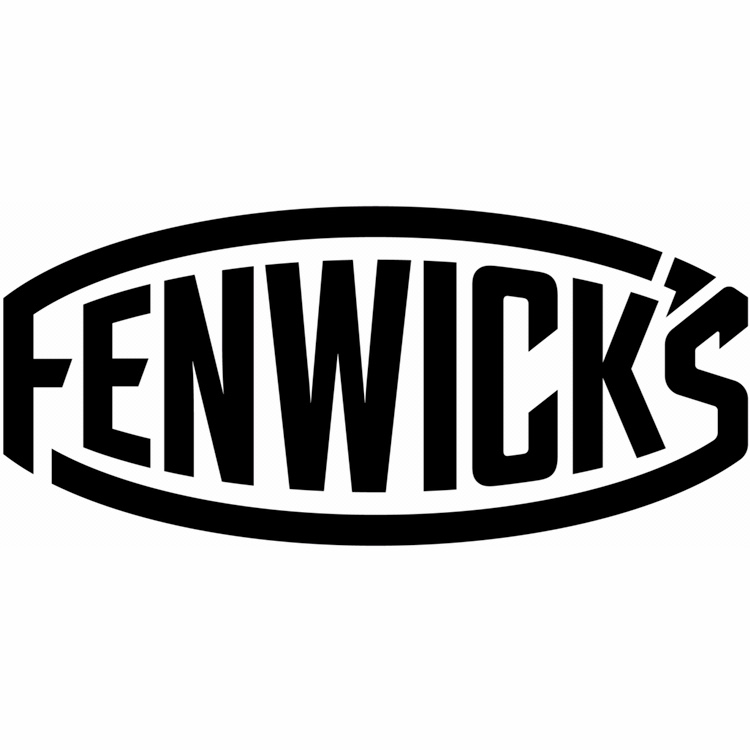



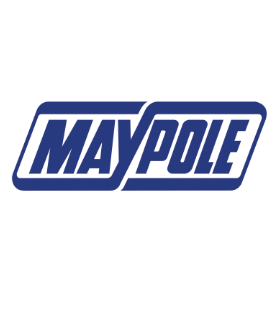



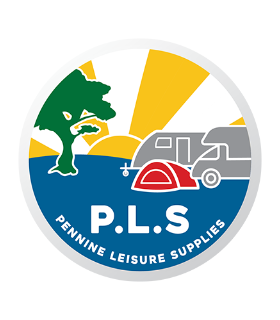
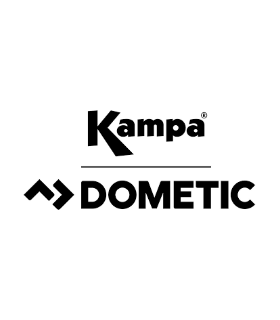


.jpg)
